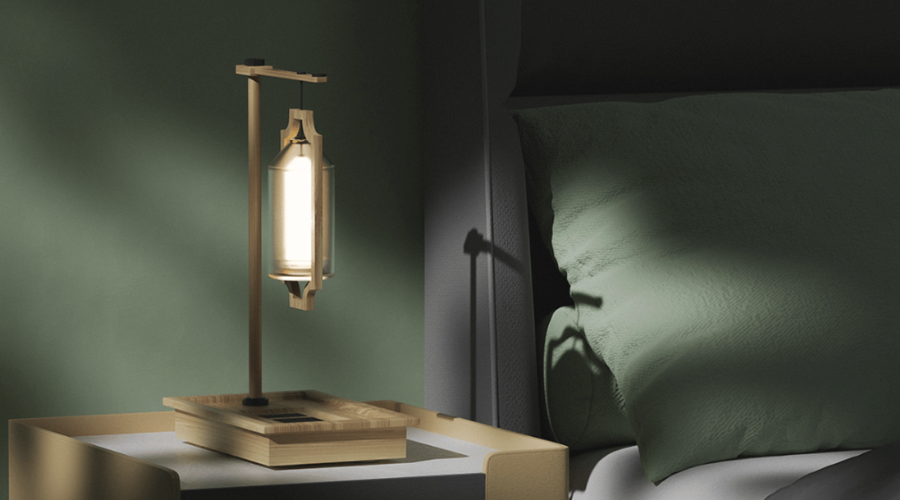
Understanding Light-CRI: How Color Rendering Index Affects Your Perception of Light Quality
Introduction
Light is an essential part of our lives, and we often take it for granted. However, not all light is created equal. The quality of light can affect our mood, productivity, and even our health. One aspect of light quality that is often overlooked is the Color Rendering Index (CRI). In this article, we will explore what CRI is, how it affects our perception of light quality, and why it matters.
What is CRI?
CRI stands for Color Rendering Index, and it is a measure of how well a light source can reproduce colors compared to a natural light source (like the sun). The scale ranges from 0 to 100, with higher values indicating a better color rendering capability. A CRI of 100 is considered perfect, while a CRI of 50 or below is considered poor.
How is CRI measured?
CRI is measured by comparing the appearance of colored objects when illuminated by the test light source and a reference light source (usually sunlight) of the same color temperature. The colors are then rated on a scale of 0 to 100, based on how close they are to their appearance under natural sunlight. The average of the ratings is then taken as the CRI value.
What are the implications of CRI?
The CRI value can affect how we perceive colors under a specific light source. For example, a red apple may appear more brownish under a light source with a low CRI value. The same applies to skin tones, clothing, and other objects that have a distinct color. The lower the CRI value, the less accurate the colors will appear under that light source.
Why is CRI important?
CRI is important because it can affect our mood, productivity, and even our health. For example, a low CRI value in the workplace can lead to eye strain, headaches, and decreased productivity. Additionally, it can affect color matching in industries such as printing, textiles, and automotive paint.
How does CRI affect our health?
Recent studies have shown that light with a higher CRI value can have a positive impact on our mental health. Specifically, it can improve our circadian rhythm, which regulates our sleep/wake cycle. Exposure to light with a higher CRI value can also increase our serotonin levels, which can boost our mood and energy levels.






